City of Bunbury, Western Australia
Proactive positivity
Business View Oceania interviews representatives of City of Bunbury for our focus on Economic Growth & Sustainability in Australian Cities
The City of Bunbury is a thriving community in the South West region of Western Australia about 180 km south of Perth. Covering an area of 65.7 square kilometres, this vibrant coastal city has been dubbed the second capital of Western Australia. Bunbury is well known as a prime location for businesses, an active community for its residents and a popular destination for visitors. Recognizing and building on the importance of culture and creativity, Bunbury City Council has approved a Creative City Strategy to enhance its future as a dynamic modern city that values its history and heritage.
Business View Oceania spoke with City of Bunbury Mayor, Gary Brennan; Gary Barbour, Director of Sustainable Communities; and CEO, Malcom Osborne about current and planned development projects, sustainability initiatives, and the city’s exciting outlook for the future. The following is an edited transcript of our conversation.
BVO: Could you give us an economic and environmental overview of Bunbury?
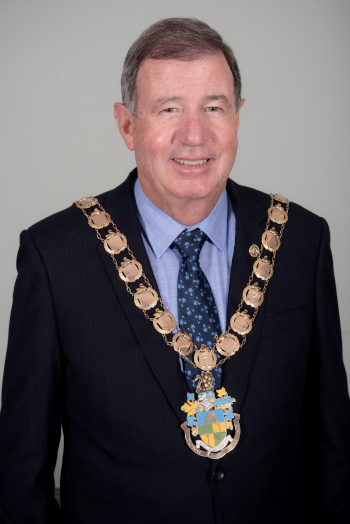
Mayor, Gary Brennan
Mayor Brennan: “Our diversified economy is one of our great strengths. As the regional centre for South West WA, we have the regional health department facilities here, along with private hospitals, a university campus and a technical college. The city is also home to the Bunbury Port, which handles about 20 million tons of cargo (aluminum, timber, mineral sands, grain) annually. We also have a number of companies headquartered here with national and international presence. Two of those companies employ about a thousand people. Perth is easily accessible – only about a two-hour drive – and we have a small general aviation airport.
“As for environmental sustainability, we have probably the highest rate of waste diversion from landfill in Australia – currently diverting about 67 percent of our total waste. We have a three-bin service to our residential area, as well as recycling bins in commercial areas. Food and garden organic materials are diverted to composting and recyclable goods are diverted to companies that sell them elsewhere. The remainder goes to our landfill site. We also have a strong community education program and e-waste collection points at various locations in the city.”
Osborne: “The city is part of a regional waste group with the Shire of Harvey. Together, we run a waste facility and have waste education officers on board. Our city officers are very active in their campaigns to take the messages to schools and community groups, and there is also an education officer at the waste site, where people can visit and see what’s happening onsite. In our curbside program, FOGO (food organics, garden organics) are collected weekly but general collection bins are only collected once a fortnight, so we’re working to educate people on ways to handle those general materials (for example, nappies during the hot summer).
“We’re also one of the top five local governments for diversion of e-waste from landfill in WA. It goes to a recycling centre where valuable metals are extracted from the e-waste. And our state government has introduced a container deposit scheme, so people can take beverage containers to our recycling facility and receive a cash refund for them. It’s another element for keeping that product out of the waste stream.”
BVO: What are the key points in your Economic Development Action Plan?
Barbour: “Education and innovation is a big element – attracting people who are looking for innovative solutions, particularly in the automated type of industries. A number of businesses in Bunbury use automated robots in manufacturing processes and we’re looking to expand that capability in partnership with tertiary institutions. We offer training programs through external parties for existing businesses; also fostering groups that are interested in improving economic activity in the town centre. Infrastructure is another pillar for encouraging development. Bunbury has three six-storey apartment complexes underway, a local shopping centre that’s undertaking a $40 million redevelopment, and the city has some parcels of land we’re looking at offloading to stimulate development in the area.”
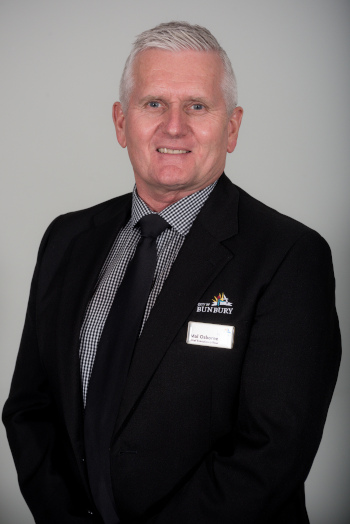
CEO, Malcom Osborne
Osborne: “A main theme of the Action Plan is attracting new business. We’ve made a commitment to identify and approach key businesses that aren’t present in Bunbury at the moment. To see what incentives they will require, or challenge them about what it would take for them to set up a branch here or relocate their people to further support economic development in our region. The Mayor has challenged the government to relocate a government department or agency to Bunbury in the next term. So that would see additional people working out of our CBD and living in the city and surrounds. There are also manufacturing areas we’re keen to talk to but one of the major sectors we’re interested in is how Bunbury can play its part in the digital economy. What opportunities there might be for start-ups in that and also in research and innovation.”
BVO: Are there revitalisation plans for your central business district?
Barbour: “We have a Central Business District Action Plan which is about revitalising our CBD through activation, encouraging development and looking at incentives for developers, among other things. There are some building vacancies, mainly in the retail space, because retail has struggled the world over to compete with the online marketplace. So we’ve got a couple of trials underway through a local commercial real estate company, where they’re offering space for pop-up businesses. It’s a way to get low cost entry into leasing a building to start up a business and if it’s successful to make it into a more regular lease arrangement.
“Our other focus is trying to boost the population close to the CBD. In comparison to international cities, we are a relatively low density city. And our best opportunity is encouraging redevelopment for mixed-use types of development and increasing population in close proximity to the CBD to get more activity into that space. We have a very strong, diverse food and beverage presence here, thanks to the natural environment. Three frontages of our city face water, so it’s very attractive and draws people from a broad area to come in and experience the dining and beverage scene.”
Mayor Brennan: “The Bunbury Regional Art Gallery services the whole southwest region, and we have a wealth of very creative people in our community. Five years ago, we had a young artist named Andrew Fraser who initiated street art through murals and he attracted a number of well-known mural artists from around Australia to come here and do paintings on blank walls throughout our CBD. We’re building on that artistic creativity and also looking at creativity from a technical point. We have a very fast and powerful internet conduit between Perth and Bunbury and we’re going to be talking to government about duplicating that into the future because we’re very keen to make Bunbury a centre for excellence in innovation and technology. So our Creative City Strategy covers more than the visual and performing arts, it covers the creative, innovative young and older minds to make our city better. As we know from research, if you can attract creatives into your community, they in turn attract other creatives. And that’s an amazing thing.”
BVO: How are you addressing future growth in Bunbury?
Barbour: “The population is steadily growing and we want that to increase. We have four greenfield areas of undeveloped land suitable for residential development – and that is currently underway. There has also been a lot of interest in redeveloping brownfield areas for housing. Last year we introduced a new town planning scheme which freed up a lot of areas for additional development that wasn’t previously being realised. And as the local economy improves, we’re starting to see that land being taken up. We’re currently doing a housing strategy to see what capacity we have. With the current population around 35,000 we believe through that study that we have the capacity for around 90,000 people within our existing city and surrounding area.”
Osborne: “A lot of residential growth is outside of our local government area. Our neighbouring communities have the urban sprawl, but Bunbury still acts as the key retail and commercial and industrial area for the region. Solar and renewables is an important element of our sustainability direction. The city is installing PV cells on some buildings and we’re up to tender now for another 6kw project at our depot which will be the second phase of our works administration area to be reliant on renewables. We also have a number of solar powered streetlights along our public walkways and cycleways.
Mayor Brennan: “What is critical to our city is the lifestyle we enjoy today. We’re very proactive in trying to attract further investment to our city, more visitors to our city and more residents to our city. We want to grow our economy but we will not jeopardize what is important to the community – principally our natural environment. We’re surrounded by water, magnificent flora and fauna, wonderful geographic features that we’re keen to retain and respect into the future. There’s a real buzz about Bunbury at the moment. When you run through what we have on our plate at the moment compared to a year ago, it’s quite an exciting time we’re entering into. We don’t just sit back and let things happen – we really go out there and are as proactive as we can.”
AT A GLANCE
City of Bunbury, Western Australia
What: Coastal community; population approx. 35,000
Where: South West region of Western Australia
Website: www.bunbury.wa.gov.au
PREFERRED VENDORS
MJB Industries – www.mjbindustries.com
Geographe Civil – www.geographecivil.com.au
Civilcon Construction – www.civilcon.com.au

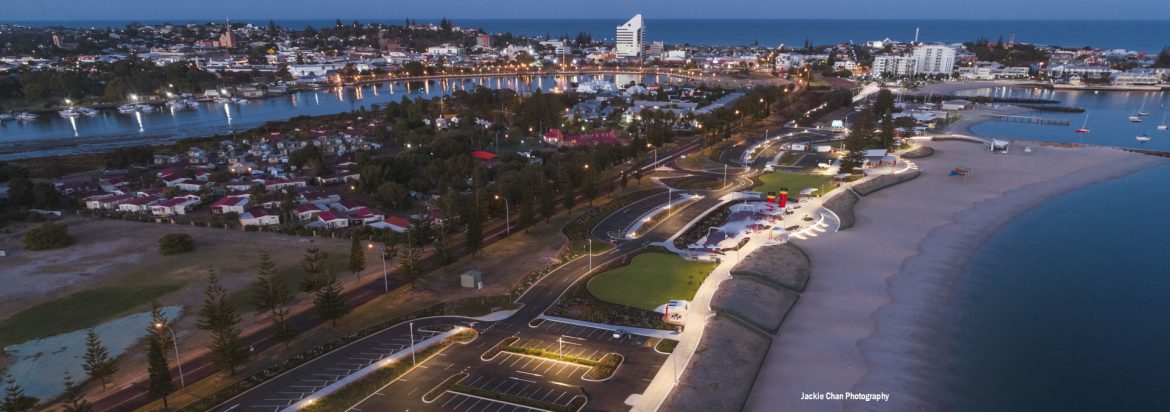
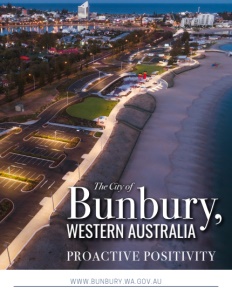
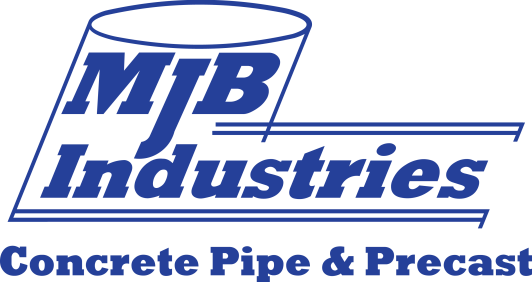

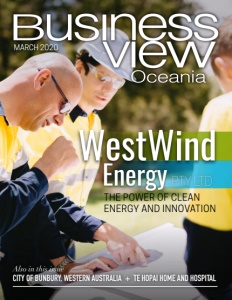
 This information will never be shared to third parties
This information will never be shared to third parties